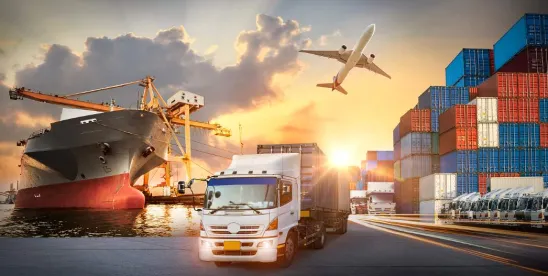Effective July 10, 2024, President Biden issued two Presidential Proclamations aimed at refining the tariff exclusions under Section 232 of the Trade Expansion Act of 1962 for steel and aluminum imports from Mexico. Together, the Proclamations close loopholes whereby steel and aluminum from outside North America could avoid tariffs by shipping through Mexico. Those Proclamations reflect a concerted effort between the United States and Mexico to refine tariff exclusions, enhance regulatory oversight, and ensure compliance with international trade agreements. Importers of steel and aluminum now face heightened compliance burdens under the new regulations. The measures aim not only to safeguard domestic industries from unfair trade practices but also to establish a transparent and compliant framework for equitable trade relations.
Overview of the Proclamations
Steel Proclamation: President Biden’s Proclamation on steel imports from Mexico establishes a stringent “melt and pour requirement.” That requirement mandates that steel articles and derivatives entering the U.S. market must originate from Mexico, Canada, or the United States to qualify for tariff exclusions. Steel melted and poured in other countries will be subject to a 25 percent ad valorem tariff, reinstating measures previously outlined in Presidential Proclamation 9705 of March 8, 2018. To comply with the new regulations, importers of certain steel articles, covered by clause 1 of Proclamation 9705, and certain steel derivative articles, specified in Annex II of Proclamation 9980, must furnish Customs and Border Protection (CBP) with certificates of analysis identifying the countries where the steel underwent melting and pouring processes.
Aluminum Proclamation: The proclamation on aluminum imports from Mexico introduces a “country of smelt and country of most recent cast requirement.” That requirement mandates that aluminum articles containing primary aluminum from China, Russia, Belarus, or Iran will face Section 232 duties. The Proclamation reinstates a 10 percent ad valorem tariff outlined in Presidential Proclamation 9704 of March 8, 2018 for the import of aluminum articles from all countries except Canada and Mexico, and aligns with the 200 percent ad valorem tariff for specific Russian-origin aluminum products implemented under Presidential Proclamation 10522 of February 24, 2023. Importers must provide CBP with certificates of analysis confirming that primary aluminum used in their products does not originate from China, Russia, Belarus, or Iran to qualify for duty-free treatment.
Key Takeaways
- Enhanced Compliance Requirements: The Proclamations mandate detailed documentation and verification of product origins through certificates of analysis. These measures are designed to promote supply chain transparency and uphold the integrity of U.S. trade policies, emphasizing the importance of record-keeping and adherence to regulatory standards.
- Coordinated Action with Mexico: Recent initiatives from Mexico, including the introduction of new tariff lines and enhanced import documentation requirements, complement the U.S. Proclamations on steel and aluminum imports. The coordinated actions between the United States and Mexico underscore a collaborative approach aimed at enhancing trade transparency and fair market practices. Together, those actions seek to curb potential evasion of duties and promote greater clarity regarding the origin and processing of imported goods.
- Impact on Industry and Trade Dynamics: The U.S. Proclamations on steel and aluminum imports from Mexico are poised to reshape industry dynamics and trade strategies. By reinstating tariffs and introducing origin requirements, the Proclamations aim to protect domestic producers from unfair competition while encouraging domestic production. global supply chains may adjust as businesses navigate compliance requirements and assess the economic viability of sourcing decisions. Importers and industry stakeholders will need to adapt to those regulatory changes, reevaluating sourcing strategies and operational efficiencies to maintain competitiveness.





 />i
/>i
